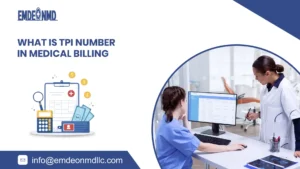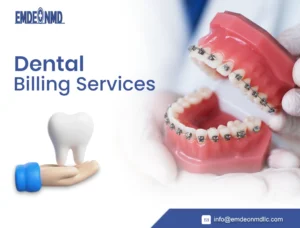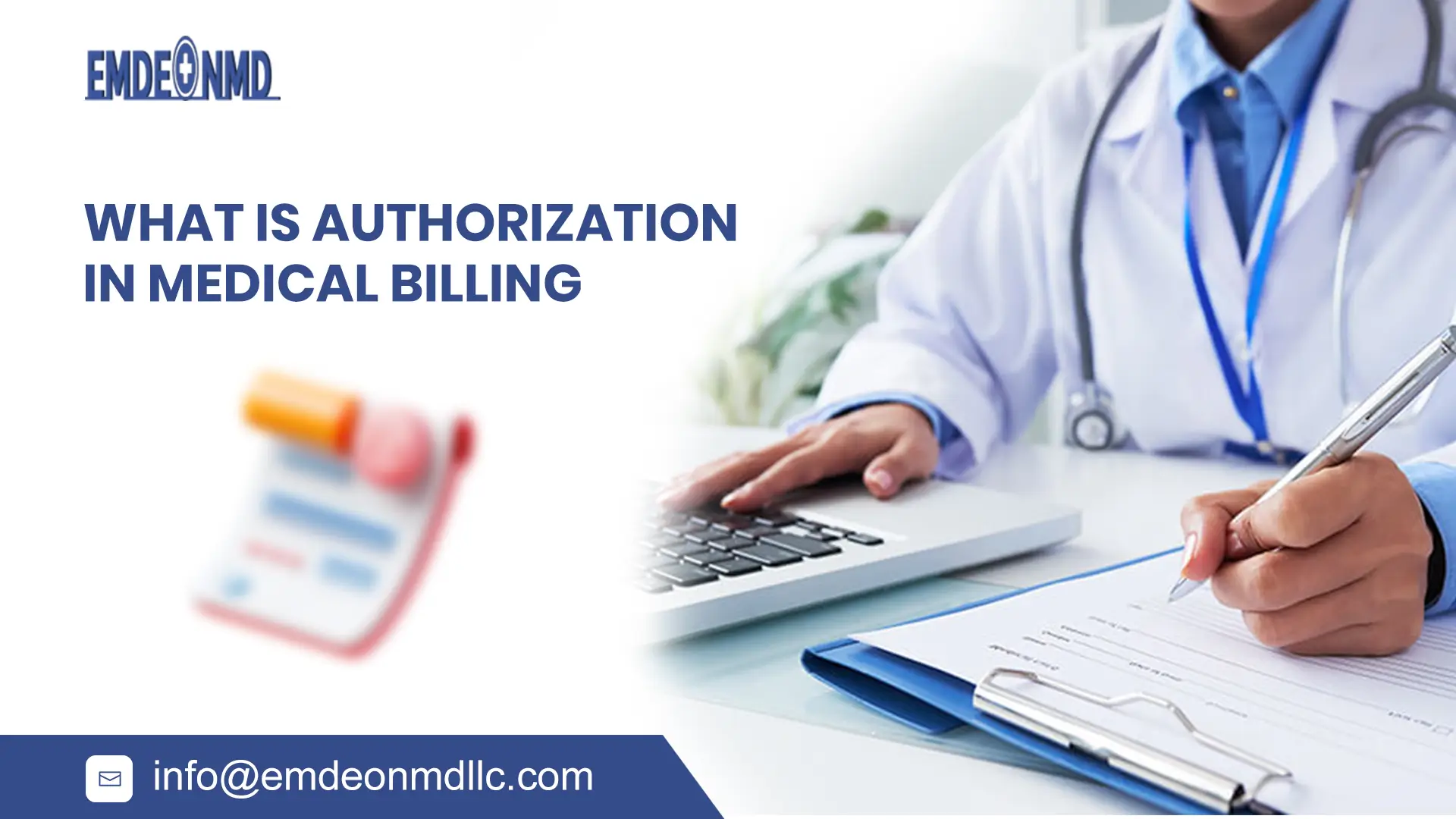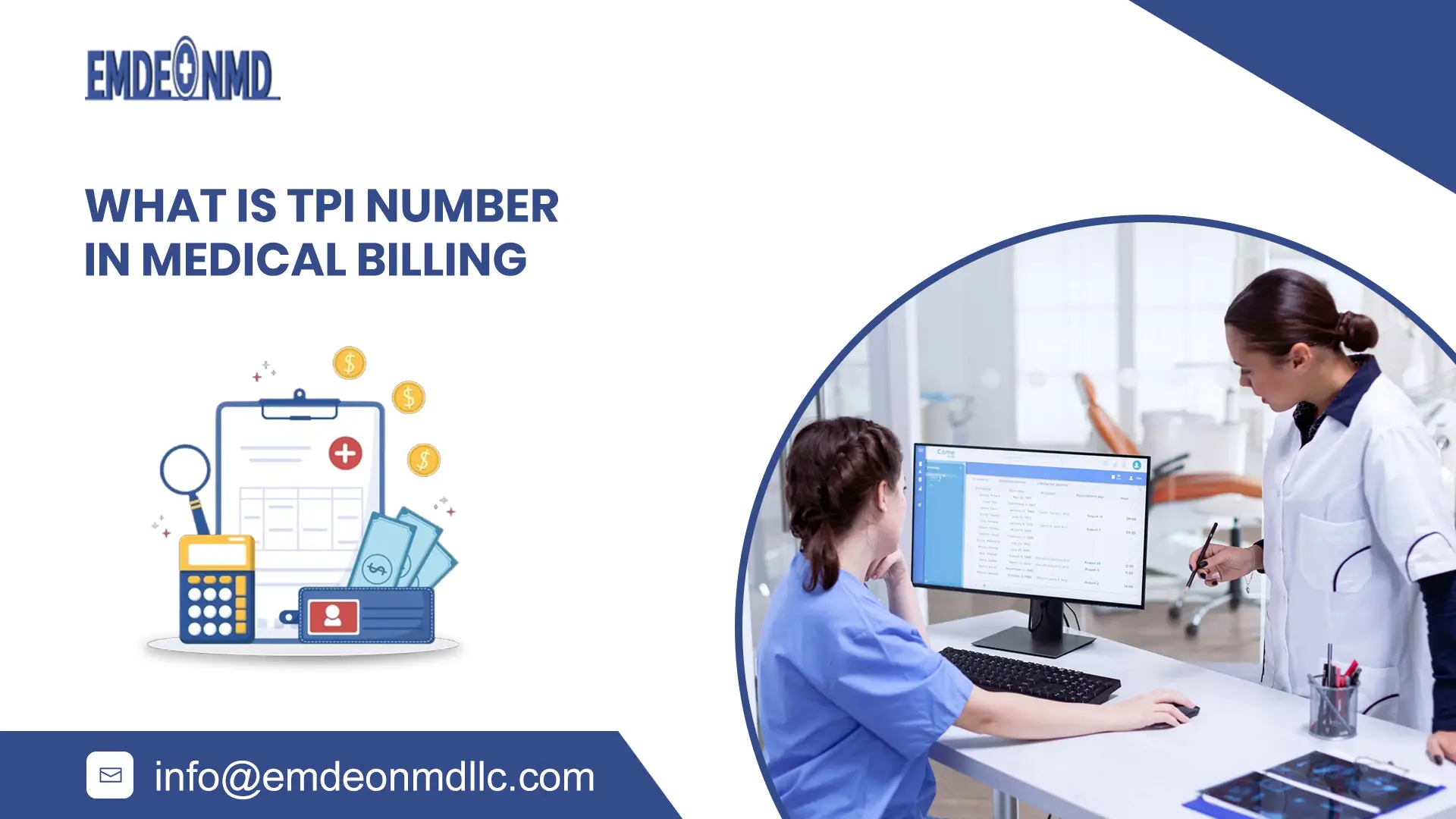What do you think are the most prevalent medical conditions covered under PMB? Why are there challenges being faced related to prescribed minimum benefits PMB if it is being covered by medical insurance?
Table of Contents
Understanding PMB in ICD-10 is a crucial component in medical coding and billing as it provides basic and updated details about coverage of disease conditions that are being revised and updated according to CMS guidelines. So we are here to help you out regarding prescribed minimum benefits PMB with a detailed understanding along with regulatory guidelines, that could help you know about your PMB proving helpful in financial protection, and other aspects of the healthcare system.
PMB ICD-10 Codes Explanation
As PMB includes certain medical conditions, properly explaining PMB ICD-10 codes Is crucial for proper and accurate coverage by medical insurance.ICD 10 codes for PMB include common disorders like diabetes, hypertension, asthma, epilepsy, heart attack, COPD, tuberculosis, and some others. Some disorders are here provided along with their PMB ICD-10 codes explained for your understanding:
| CONDITION | ICD-10 |
| HYPERTENSION | I10 |
| DIABETES MELITUS | E10-E14 |
| ASTHMA | J45 |
| EPILEPSY | G40 |
| ISCHEMIC HEART ATTACK | I20-I25 |
| TUBERCULOSIS | A15-A19 |
| CHRONIC OBSTRUCTIVE PULMONARY DISORDER COPD | J44 |
| HIV/AIDS | B20-B24 |
ICD-10 for Prescribed Minimum Benefits PMB is an internationally known universal code list used to reimburse medical insurance claims. In the case of PMB ICD-10 understanding as one of the basic components in medical coding and billing of prescribed minimum benefits, their improper use might fail insurance reimbursement and poor health care efficiency in dealing and providing basic health facilities with ease, in turn, leads to lowered patient satisfaction towards the health services.
PMB Coverage and ICD-10 Integration
PMB covers basic and essential health care services catering to the most prevalent disease conditions in a community, PMB Coverage and ICD-10 Integration could act as an essential part in integrating billing, coding, and insurance companies, in turn, offering proficient and validated services to the community.ICD-10 for specific disorders helps in providing details about coverage, eligibility of PMB services in a medical plan to which a patient is subscribed, and proper diagnosis ICD-10 usage could help in offering the best billing and coding services with validated and timely processing of insurance claims done by a professional billing and coding company like Emdeon mdllc.
ICD-10 Billing for PMB Coverage
ICD-10 Billing for PMB Coverage is one of the most important components in a healthcare system acting as an integrating port between insurance and healthcare providers working on ICD-10 in coding that includes the following steps:
- Accurate diagnosis
- Proper use of ICD-10 codes
- Verification of ICD-10 codes
- Verification with PMB guidelines
- Ensured and complaint insurance claims submission
These steps require the coordinated working of a professional team having profound knowledge about PMB guidelines, ICD1-10 codes, and accurate diagnosis according to provider notes could prove beneficial in coming up with accurate PMB-compliant insurance claims.
Medical Billing Using PMB ICD-10
As we know medical billing is highly dependent on ICD-10 coding without which medical billing loses its purpose. Medical Billing Using PMB ICD-10 requires the above-mentioned steps that are to be done in a highly coordinated and organized manner under the supervision of experts in medical billing for the provision of optimal services.
At Emdeon mdllc you can find the best solutions to your problems related to PMB insurance claims, as it aims at providing complaint guidelines according to prescribing minimum benefits PMB and CMS.
ICD-10 Codes for PMB Conditions
In medical billing and coding ICD–10 codes are crucial components that are highly specific to a certain condition. In case of accurate and timely processing of insurance claims, billing company must be vigilant regarding ICD-10 code usage in terms of specificity considering the most specific ICD-10 codes according to the provider details, in turn, increasing chances for proper and accurate billing services that lead to to enhanced client trust over medical billing and coding services.
ICD-10 Codes for PMB Conditions are highly specific codes with respect to complexity, target location and certain other factors overall improving the strength of insurance claims thus lowering risks of denial or rejections by the insurance company.
PMB Claims and ICD-10 Compliance
PMB Claims and ICD-10 Compliance are specialized insurance claims primarily concerned with billing and coding of prescribing minimum benefits PMB conditions. These claims are reliant on some basic key elements that include:
- PMB Complaint ICD-10 coding
- Clinical documentation coalignment
- Patient eligibility verification
- Specific ICD-10 codes usage
- Accurate & timely insurance claim submission
PMB claims need compliance with the PMB guidelines to ensure optimal processing of claims and accurate billing lowering financial burdens.
Best practices for ICD-10 Medical Coding for PMB
To provide the best practice related to ICD-10 Medical coding for PMB we need an integrated approach followed by strategic planning to offer the best medical coding services to the clients. So highly concerning components for medical coding for PMB are as follows:
- Proper training and educating the billing & coding staff, to make them aware of current guidelines and practice ICD-10 codes according to a specified condition.
- Clinical documentation alignment with ICD-10 codes that could be done by verification and revision.
- EHR could be helpful in the documentation of patient details, ensuring eligibility verification, and includes tools that help coders to deal with ICD-10 priorly in case of PMB conditions.
- Timely periodic audits could be a value addition to medical billing and coding, lowering risks of insurance claims denials and rejections, and improving timely reimbursement to the healthcare providers.
PMB ICD-10 Guidelines
PMB ICD-10 guidelines are officially documented comprising essential medical conditions covered by medical insurance. It acts as a gazetted document approved by the legal body that covers guidelines related to medical conditions, details on the accurate use of ICD-10 codes, coverage of PMB conditions along with eligibility details, acting as the universal and uniform protocol to be followed by medical insurance companies, billing companies, and other healthcare facilities, in turn creating uniformed health care and billing services and lowering nonuniformity and noncompliance leading to impaired health care system.
Emdeon mdllc is a billing company offering complaint services according to PMB guidelines supervised by a highly competent and coordinated team and advanced technology like EHR, and automated software management to offer optimal billing and coding services. Our services are highly reliant on the ICD-10 codes accurate usage done by experienced and qualified medical coders having medical backgrounds proving helpful for validated PMB billing and coding.
FAQs
What are the most common medical conditions covered under PMB?
The most prevalent conditions covered under PMB include hypertension (I10), diabetes mellitus (E10-E14), asthma (J45), epilepsy (G40), ischemic heart attacks (I20-I25), chronic obstructive pulmonary disorder (COPD – J44), and tuberculosis (A15-A19). These conditions represent the most common diseases impacting the population, and PMB ensures essential treatment is covered by medical insurance.
Why are there challenges in implementing PMB despite coverage by medical insurance?
Despite PMB coverage, challenges arise due to the complexity of ICD-10 coding. Incorrect coding, lack of up-to-date documentation, and improper use of specific codes can lead to insurance claim denials. Additionally, eligibility verification and clinical documentation alignment often cause delays in claim processing, affecting timely reimbursements and efficient patient care.
How does ICD-10 integration help in PMB billing and insurance claims?
ICD-10 integration ensures accurate coding and documentation for PMB-covered conditions. By using specific ICD-10 codes, healthcare providers can align clinical diagnoses with insurance claims, facilitating timely and compliant reimbursement. This reduces the risk of errors, delays, and claim rejections, improving both healthcare outcomes and financial sustainability.
What are the best practices for ICD-10 medical coding for PMB?
Best practices include:
Training coding staff regularly to stay updated with the latest PMB and ICD-10 guidelines.
Ensuring clinical documentation matches the ICD-10 codes used for billing.
Leveraging Electronic Health Records (EHR) for eligibility verification and code selection.
Conducting periodic audits to detect potential errors, minimizing risks of claim denials, and ensuring faster reimbursements.













